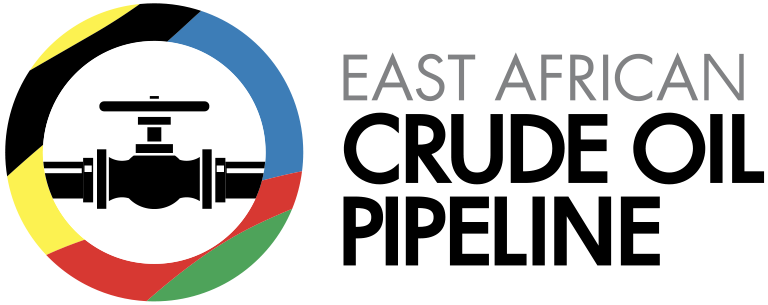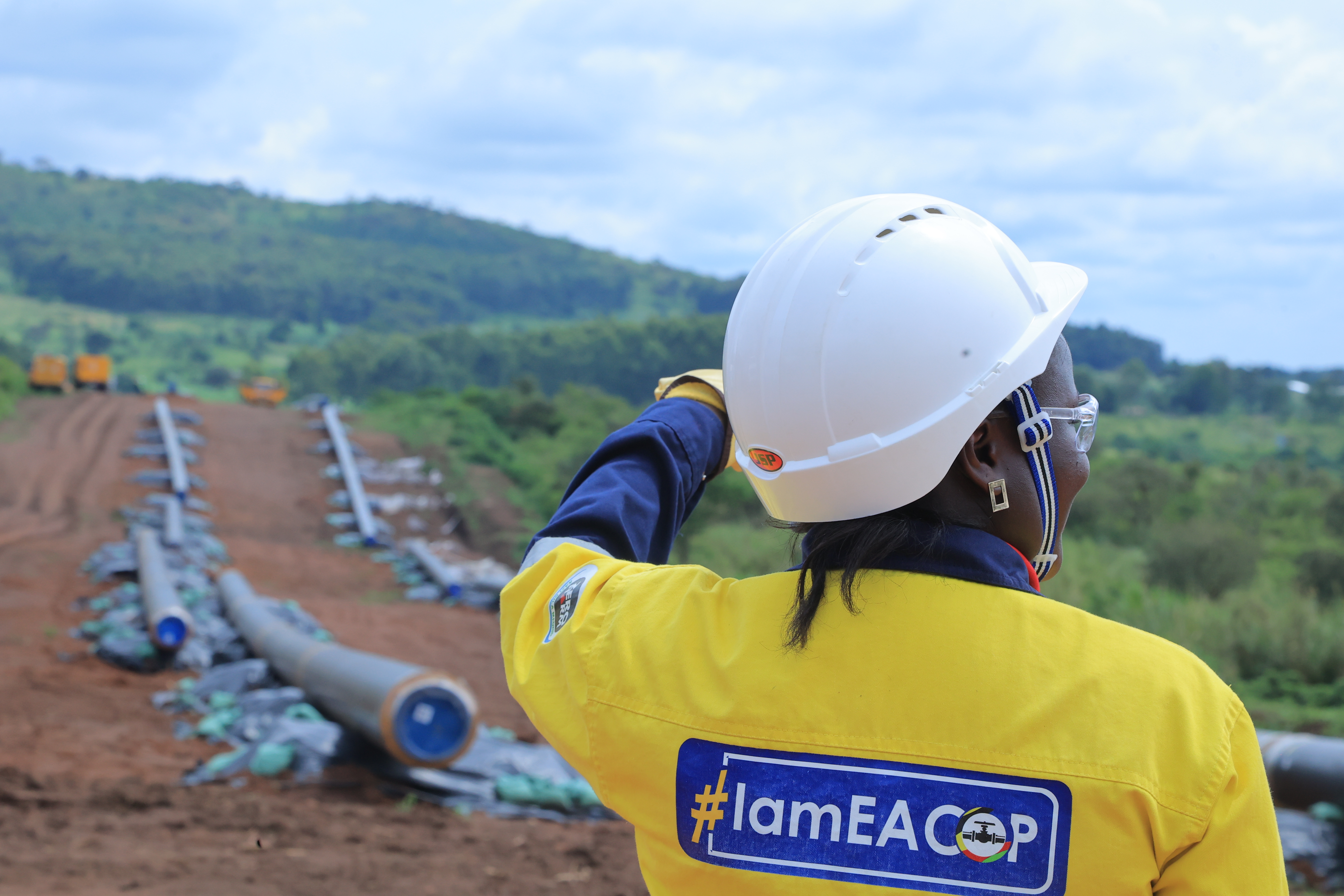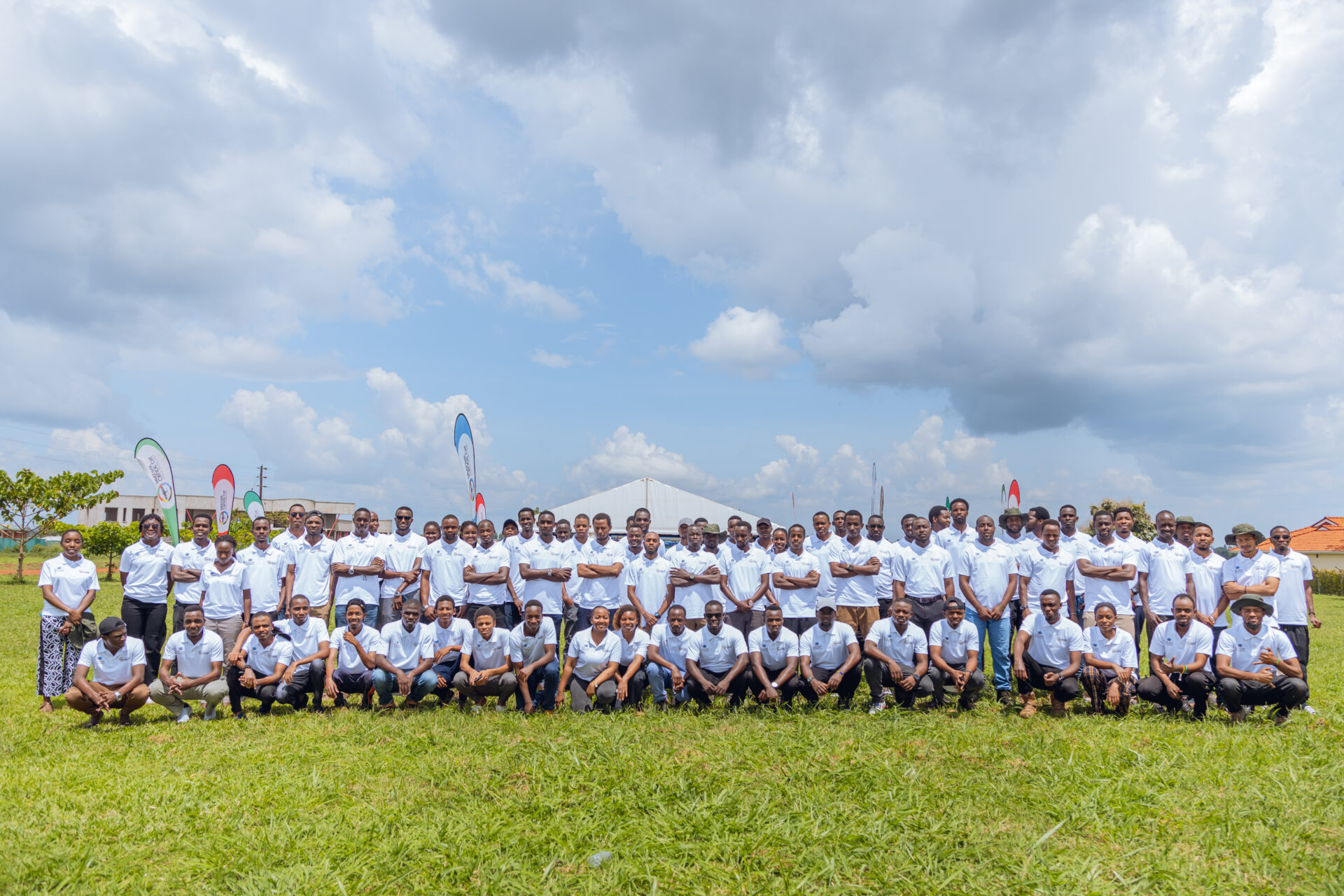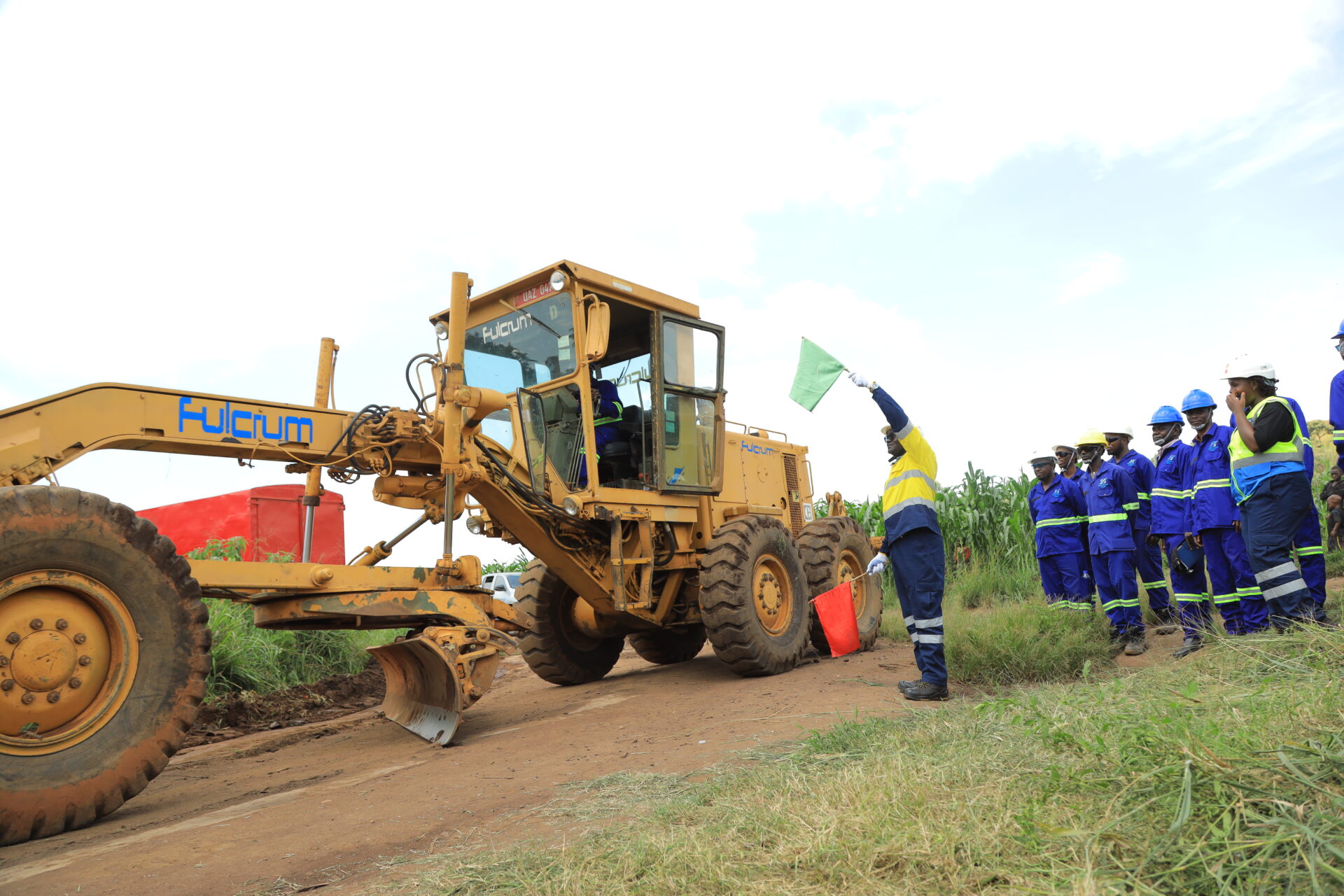This week, the East African Crude Oil Pipeline (EACOP), in collaboration with its partners—TotalEnergies Uganda, UNOC, CNOOC Uganda, and ACME Africa—hosted a group of journalists from leading national and regional media houses for a comprehensive three-day training and field visit. This initiative, organized by the Petroleum Authority of Uganda (PAU), aimed to provide journalists with firsthand experience of oil and gas operations in Uganda, showcasing the industry’s commitment to responsible development, safety, and community engagement.
The tour began with an overview of the oil and gas sector in Uganda, highlighting the significant progress made since the discovery of oil in the Lake Albert region in 2006. Journalists were briefed on ongoing projects, including the Kingfisher and Tilenga developments, as well as the construction of the EACOP pipeline.
On the second day, journalists visited the Kingfisher Development Area (KFDA), operated by CNOOC Uganda Limited. The KFDA project is designed to produce 40,000 barrels of oil per day at peak capacity, with plans for 31 wells over five years. During the visit, journalists observed advanced waste management practices, including thermal desorption and wastewater treatment, which underscored the sector’s commitment to environmental sustainability. The journalists were particularly impressed by the strong national content focus, noting that more Ugandans than foreigners were present on-site. This aspect inspired many to explore stories centered on environmental management and local involvement in oil and gas operations, reinforcing the narrative of community engagement in the sector.
The journalists also visited Tilenga Project in Buliisa District, where they toured the Gunya 04 well pad and the Industrial Area. With a peak production capacity of 190,000 barrels of oil per day, the Tilenga Project employs advanced drilling technologies and sustainable land acquisition practices. Journalists were particularly impressed by the environmental initiatives in place, including biodiversity programs aimed at achieving a net positive impact. Notably, 90% of the project’s workforce comprises Ugandans, showcasing the local economic benefits of the project.
Dr. George Lugalambi, Executive Director of the African Centre for Media Excellence (ACME), encouraged journalists to pursue in-depth analyses for impactful reporting, emphasizing the importance of informed media coverage in shaping public perception of the oil and gas sector.
On the final day of the tour took journalists visited the EACOP Pumping Station 1, where they observed ongoing construction activities, including the stringing and welding of approximately 1.8 kilometers of pipes for both the EACOP and feeder lines from Tilenga. This visit provided a tangible connection to the infrastructure developments that are integral to the oil and gas sector in Uganda.
Overall, the tour enhanced journalists’ understanding of Uganda’s oil and gas projects and fostered a collaborative spirit among industry stakeholders. By engaging with the media, EACOP and its partners are committed to promoting transparency and accountability in the sector, ensuring that the narrative surrounding Uganda’s oil and gas development is informed, responsible, and reflective of the community’s interests.
The gallery was not found!